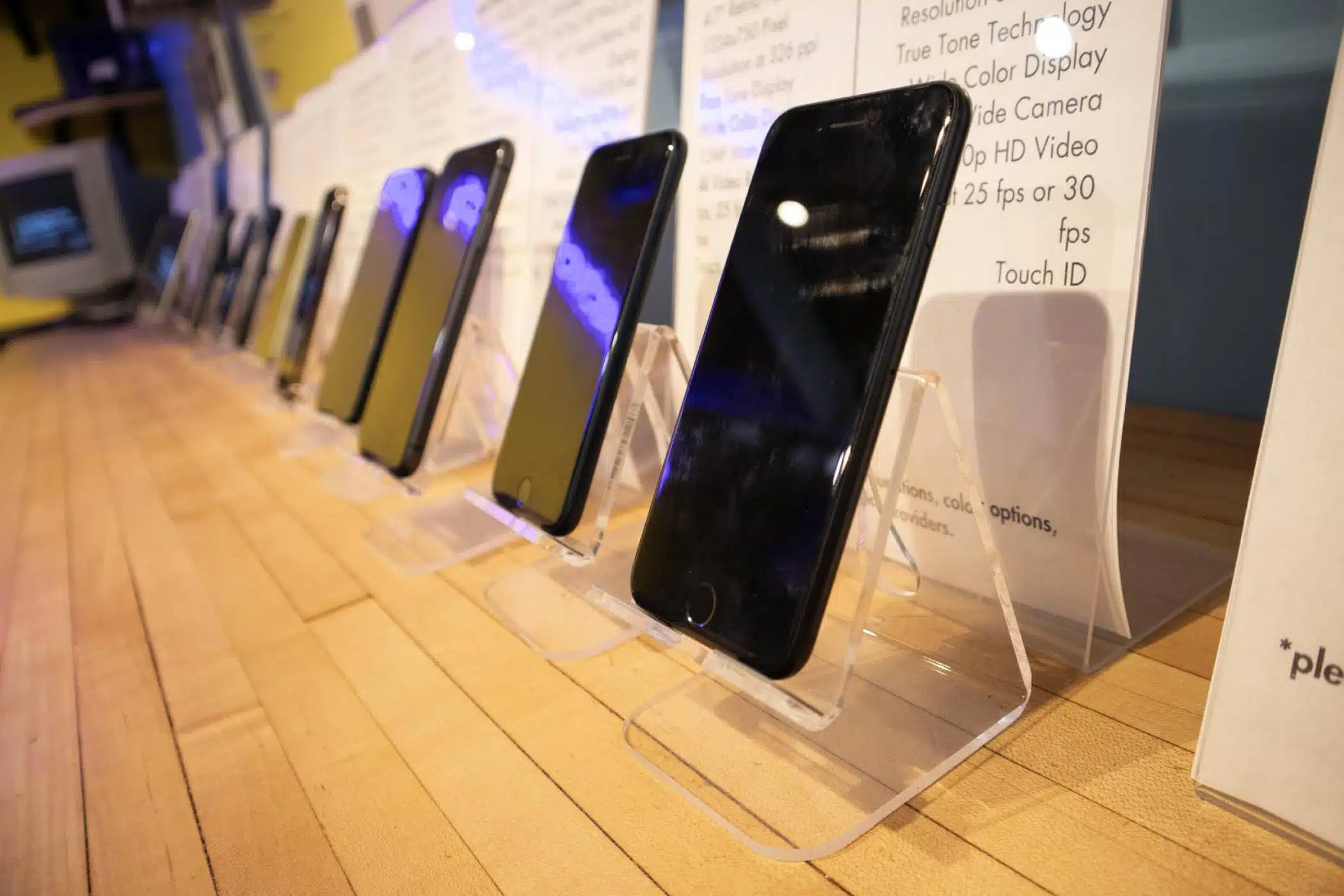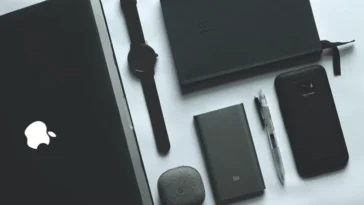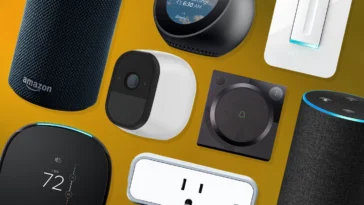In the ever-evolving world of consumer electronics, the allure of the latest gadget is strong. However, buying brand new isn’t always the only or even the best option. Refurbished electronics have emerged as a compelling alternative, offering significant savings and environmental benefits. But what exactly does “refurbished” mean, and are they a smart buy for everyone?
Understanding the distinctions between new, used, and refurbished, as well as the pros and cons, will empower you to make an informed decision for your next tech acquisition.
What Does “Refurbished” Actually Mean?
It’s crucial to differentiate “refurbished” from simply “used” or “secondhand.”
- Used/Secondhand: These devices are sold “as is” by previous owners or casual sellers. They might have cosmetic wear, unknown internal issues, and typically come without a warranty or guarantee of functionality.
- Refurbished: These are pre-owned devices that have been returned for various reasons (e.g., cosmetic defect, a minor malfunction, open-box return, or simply buyer’s remorse). A reputable refurbisher (often the original manufacturer or a certified third-party specialist) then puts the device through a rigorous process:
- Inspection & Diagnosis: Thorough testing to identify any issues.
- Repair & Replacement: Faulty or worn parts (like batteries, screens, or internal components) are replaced.
- Cleaning & Restoration: Devices are meticulously cleaned, sanitized, and often cosmetically restored to a “like-new” appearance.
- Quality Testing: Re-tested to ensure full functionality and adherence to quality standards.
- Repackaging: Often repackaged in new, sometimes generic, boxes.
Essentially, a refurbished device is given a second life and is certified to be in good working condition, unlike a simple used item.
The Pros of Buying Refurbished Electronics
- Significant Cost Savings: This is often the primary draw. Refurbished electronics are considerably cheaper than their brand-new counterparts, often offering discounts of 15% to 50% or more. This allows you to get a higher-tier model or a more premium brand for the price of a mid-range new device.
- Environmentally Friendly: Opting for refurbished tech is a sustainable choice. It extends the lifecycle of electronics, reducing e-waste and decreasing the demand for new manufacturing, which consumes valuable resources and energy.
- Thorough Testing & Quality Control: Ironically, a refurbished device may have undergone more rigorous testing than a new one. It was tested at the factory, then returned, and then re-tested extensively during the refurbishment process to ensure all issues are resolved.
- Access to Older Models: If you prefer a specific older model that’s no longer sold new, or don’t need the very latest features, refurbished markets are an excellent place to find them.
- Often “Like New” Condition: Many refurbished items, especially “open-box” returns or those with minor cosmetic flaws, might be indistinguishable from new once cleaned and repackaged.
The Cons of Buying Refurbished Electronics
- Varying Conditions & Grading: While “refurbished” implies a standard, the exact cosmetic and functional condition can vary between sellers. Some may have minor scratches or dents, while others are pristine. Reputable sellers will often have a grading system (e.g., “Excellent,” “Good,” “Fair”) to manage expectations.
- Shorter or Limited Warranties: Refurbished electronics typically come with shorter warranties than new products (e.g., 90 days to 1 year, compared to a full year or more for new). Some may have no warranty if bought “as-is” from unverified sources. Always confirm the warranty duration and coverage.
- No History of the Device: You generally won’t know the specific reason why the device was returned initially, or how it was used by its previous owner.
- Battery Life Uncertainty (for some devices): While reputable refurbishers will test or replace batteries if needed, some cheaper refurbished phones or laptops might have batteries with slightly reduced lifespans compared to brand new. Always check the seller’s policy on battery health.
- Missing Original Accessories: Sometimes, refurbished items may come with generic accessories (charger, cables) or none at all, rather than the original manufacturer’s items. Check what’s included in the box.
- Limited Stock: The availability of specific refurbished models depends on returns, so you might not always find exactly what you’re looking for immediately.
Making an Informed Refurbished Purchase
To minimize risks and maximize benefits, consider these tips:
- Buy from Reputable Sellers: Stick to well-known retailers or the original manufacturer’s refurbished programs (“factory-certified”). These sources offer greater transparency, quality control, and often better warranties.
- Check the Warranty & Return Policy: This is paramount. A good warranty (ideally 90 days or more) and a clear return policy (e.g., 14-day money-back guarantee) provide peace of mind.
- Understand the Grading System: If the seller uses one, know what each grade means regarding cosmetic condition.
- Read Reviews: Look for customer reviews specifically about the seller’s refurbished products.
- Compare Prices: Always compare the refurbished price to a new equivalent to ensure the savings are substantial enough to justify the refurbished purchase.
- Verify What’s Included: Confirm if all necessary accessories are part of the package.
Refurbished electronics offer an excellent opportunity to acquire quality tech at a reduced price while contributing to a more sustainable future. By being a savvy shopper and prioritizing reputable sources with clear policies, you can confidently embrace the world of refurbished gadgets.
While Electronics Place primarily focuses on new electronics, we believe in providing our customers with all the information to make the best tech decisions. If you’re looking for the latest models with full manufacturer warranties, explore our extensive range of brand-new electronics today!





 No products in the cart.
No products in the cart.